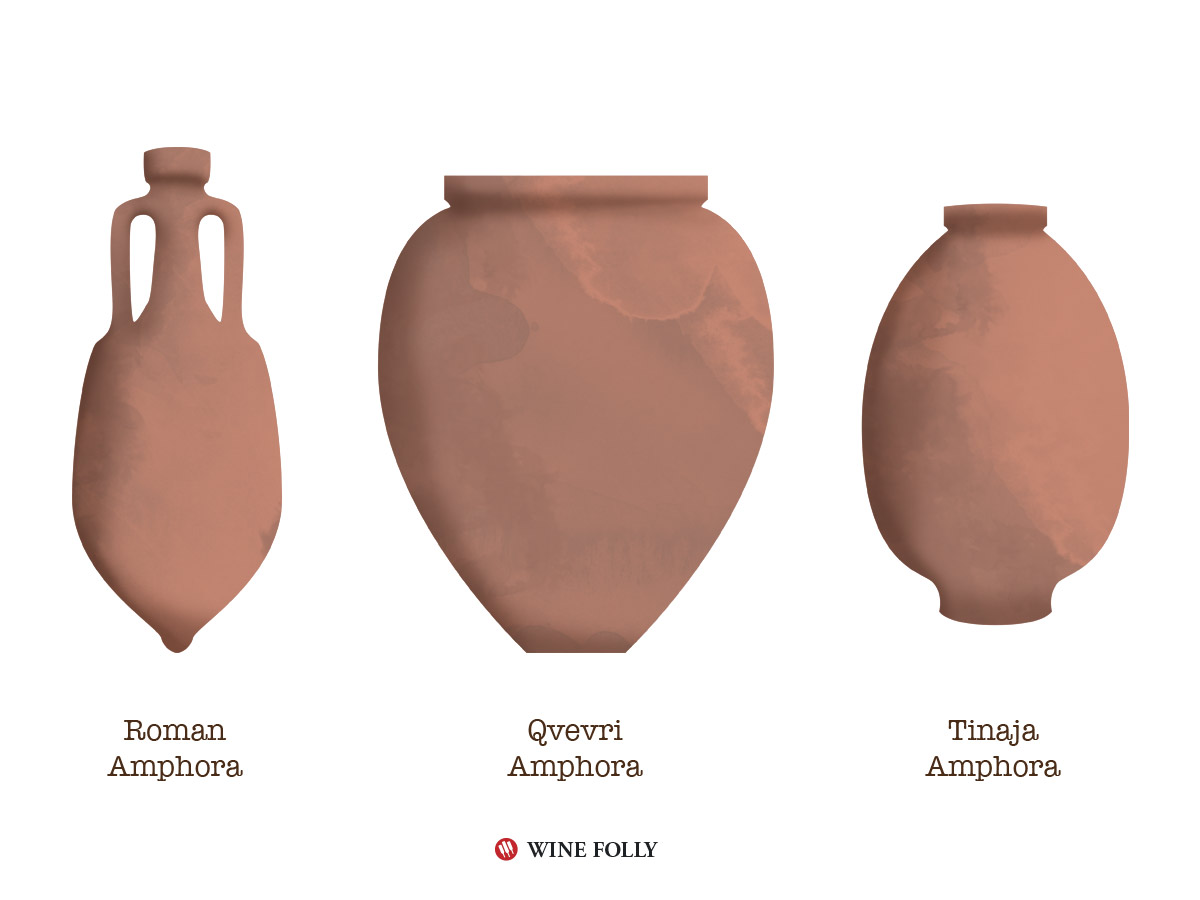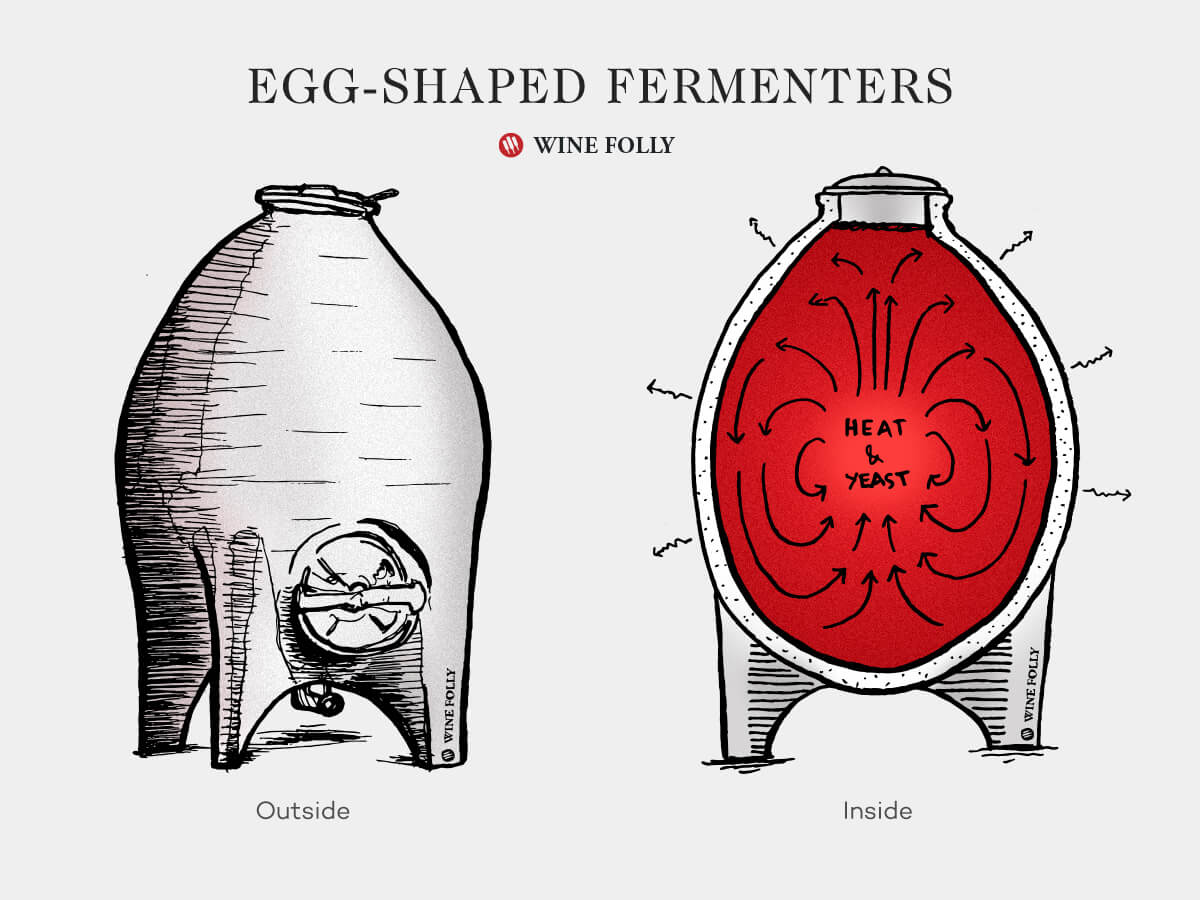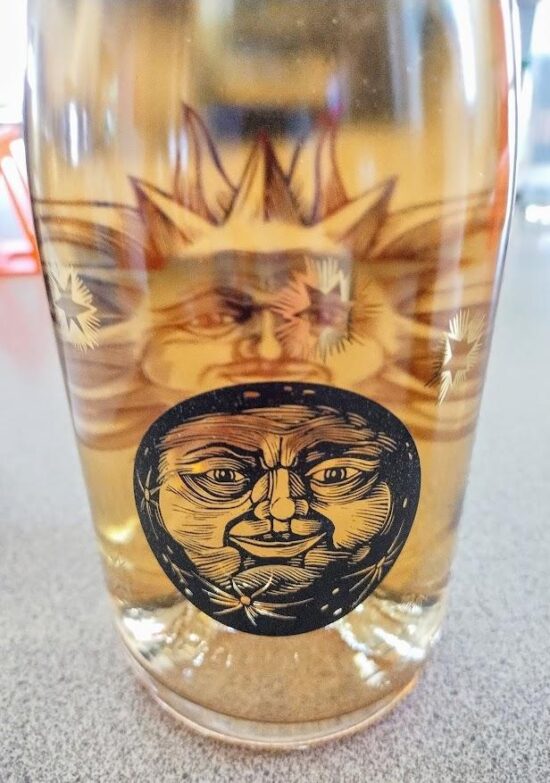Concrete egg-shaped fermenters: One of the newest trends in innovative wine-making? Or a doomed fad destined to go the way of the mullet?
Maybe you’ve seen one of these humpty dumpty-esque looking objects brooding in the corner of your favorite tasting room or wine cave and thought to yourself:
“what the heck is that?”
Let’s explore why some are so egg-cited about this ancient trend.
 Eggs create an internal flow with thermodynamics.
Eggs create an internal flow with thermodynamics.
Who Laid the First Concrete Egg?
Neither new nor a trend, egg-shaped fermenters come to us via a very long and ancient road. It’s a road that travels well past the advent of the oak wine barrel, and beyond biblical times.
While consensus on the magic of the egg fermenter remains scrambled, these vessels have been around for a long time. How long, you ask? Eight thousand years ago (aka The Stone Age!) according to the Proceedings of the National Academy of Sciences.
Digital Products ship in time for Christmas!
But where was this tradition started?
Origins in the Birthplace of Wine
Archaeologists in Georgia found the ancient remains of large, earthen vessels containing the remnants of wine inside. Radiocarbon dating and chemical analysis of the residue confirmed these findings.
Clay grape designs on the outside of the vessel gave researchers more clues about their use.
These egg-shaped vessels, known as qvevri, are still common in the area today. Similar oblong vessels called amphora began appearing in Greece and Rome 3000 years ago. They were the primary means of transporting wine in the ancient world.
 Traditionally, qvevri are buried in the ground and sealed shut with mud. By G. Opaz
Traditionally, qvevri are buried in the ground and sealed shut with mud. By G. Opaz
From Qvevri to Barrel
It’s not difficult to imagine the problems involved with transporting these large, heavy vessels all over the ancient world. This was before the advent of the paved road or Goodyear tires.
The Romans decided to adopt the Gallic barbarians’ method of storing and transporting wine via the less fragile oak barrel.
Fun Fact:
Historians believe the Celts invented the wooden barrel somewhere in Gaul (Part of modern-day France and Germany).
By the 300’s BC, the barrel began its 2,000-year-long career as the wine storage container of choice. The humble amphora and qvevri, however, were not forgotten.
 The many shapes of the original amphorae.
The many shapes of the original amphorae.
From Ancient Idea to New Trend
In 2001, Michel Chapoutier, a pioneer in biodynamic viticulture, collaborated with the French company Nomblot. Nomblot has specialized in the manufacturing of concrete wine containers since the 1920s.
Together they produced the first modern egg-shaped wine fermenter. The first since the Georgian winemakers who are still using the qvevri of 8000 years ago, that is.
As a result of their collaboration, a renaissance of sorts is occurring within…




